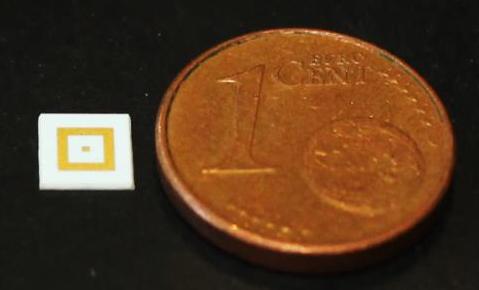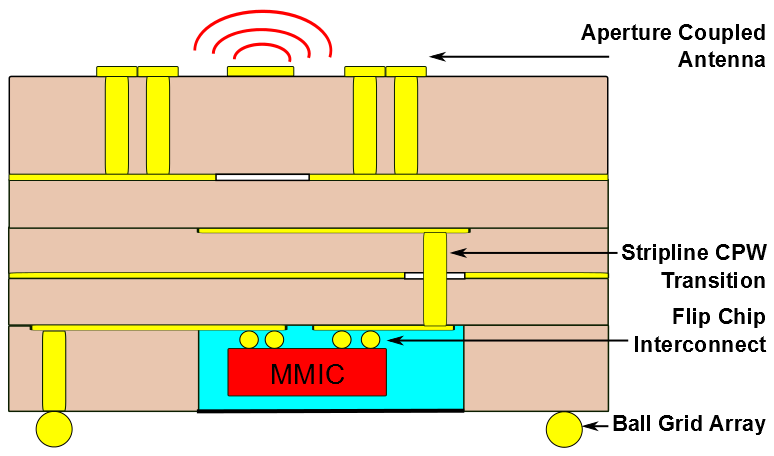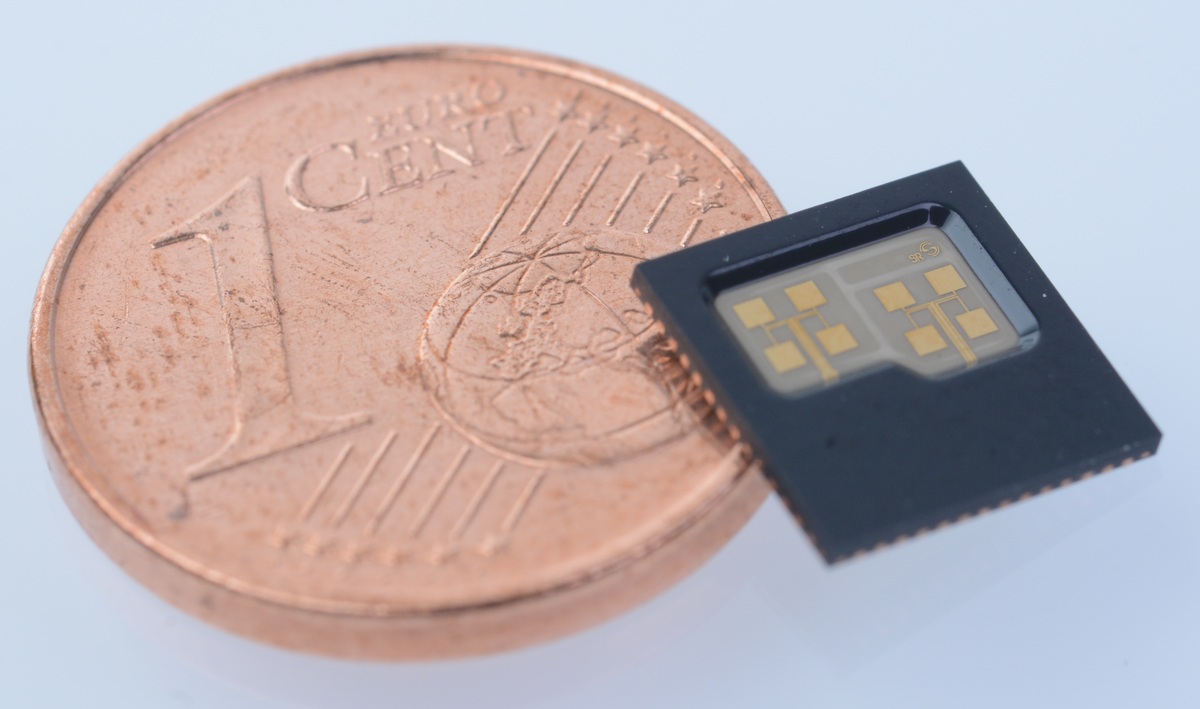Miniaturized Millimeter Wave Transceivers
- Funding:
DFG, BMBF, AIF, KIT
- Start:
2008
- End:
open
- Contact:
Since 2008, IHE is working on the idea of integrating a complete millimeter-wave transceiver frontend including antennas into a miniature-sized package [1]. The idea is based on the following three considerations:
- In the new millennium, silicon-based semiconductor technologies allow the realization of millimeter-wave circuits even at frequencies beyond 100 GHz
- At millimeter-wave frequencies, the wavelength is of order of a typical analog integrated circuit (IC).
- At millimeter-wave frequencies, the realization of interconnects becomes more and more difficult. Moreover, the performance of these interconnects increasingly deteriorates.
Thus the integration of millimeter-wave transceivers into a miniature-sized package has only recently become possible and is deemed highly attractive by both research and industry. The first big research project in this topic was SUCCESS,in which a complete 122 GHz radar frontend was integrated into a quad flat no leads (QFN) package [2][3]. Recently, low temperature co-fired ceramic (LTCC)-based 122 GHz radar frontends have been successfully demonstrated, which is a new record the LTCC technology [4]. The millimeter-wave passive components in these frontends including aperture-coupled via-fence patch antenna arrays, Mushroom electromagnetic bandgap antennas and via-based stripline-to-grounded coplanar waveguide signal transitions [5] are implemented in the multilayered LTCC technology. Moreover, only low-cost standard assembly and packaging techniques have been used in building these frontends, thus establishing their potential for mass-market applications. We are also working on a 240 GHz wireless communication frontend with on-chip antennas under the aegis of a DFG project (Real 100G). This frontend employs a novel packaging concept, in which the semiconductor transceiver ICs are directly mounted onto a dielectric lens. Additionally, the on-chip antennas radiate backwards through the lens, thus solving the typical poor-efficiency problem of on-chip antennas. The packaging concept has been successfully demonstrated by means of the first commercial single chip radar at 122GHz, developed in collaboration with Silicon Radar GmbH [6].
Patent:
B. Göttel, M. Pauli, S. Beer, T. Blank, T. Zwick, Verfahren zur Gehäusung von Sub-Millimeterwellen-Halbleiterschaltungen sowie mit dem Verfahren herstellbares Halbleitermodul, issued as German patent DE 10 2012 025 433 B4, October 1, 2015.
Selected Publications
Bhutani, A.; Gottel, B.; Lipp, A.; Zwick, T.
2019. IEEE transactions on components, packaging and manufacturing technology, 9 (5), 945–954. doi:10.1109/TCPMT.2018.2882062
Goettel, B.; Winkler, W.; Bhutani, A.; Boes, F.; Pauli, M.; Zwick, T.
2017. IEEE transactions on components, packaging and manufacturing technology, 8 (1), 73–81. doi:10.1109/TCPMT.2017.2758725
Zwick, T.; Boes, F.; Göttel, B.; Bhutani, A.; Pauli, M. D.
2017. IEEE microwave magazine, 18 (6), 79–89. doi:10.1109/MMM.2017.2712020
Pauli, M.; Gottel, B.; Scherr, S.; Bhutani, A.; Ayhan, S.; Winkler, W.; Zwick, T.
2017. IEEE transactions on microwave theory and techniques, 65 (5), 1707–1715. doi:10.1109/TMTT.2017.2677910




